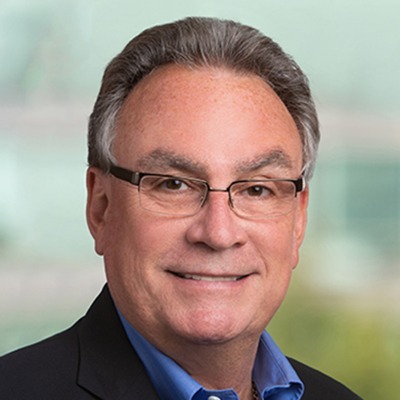Burlington, Mass., June 20, 2018 – Haley & Aldrich announced today that Murray Einarson, Haley & Aldrich Principal in Hydrogeology, has identified a new metric to streamline regulatory closure of sites with contaminated groundwater. The new standard would draw on the latest science to facilitate successful closure of even the most challenging sites.
In his presentation at Battelle’s Eleventh International Conference on Remediation of Chlorinated and Recalcitrant Compounds in April, Einarson noted that the current regulatory framework for cleaning up contaminated sites in the U.S. has not kept up with advancements in the scientific knowledge of subsurface contamination.
“Under the CERCLA/Superfund program, Maximum Contaminant Levels (MCLs) have become de facto cleanup standards for contaminated sites in the U.S.,” Einarson said. “Experience remediating sites in the last 35 years, however, shows that cleaning up groundwater to MCLs has been challenging-if not impossible-at many sites.”
Einarson explained how subsurface investigations utilizing High-Resolution Site Characterization (HRSC) technologies have reinforced discoveries made by researchers that indicate the distribution of contaminants in the subsurface is typically highly variable. In fact, dissolved contaminant concentrations often range over three orders of magnitude between samples only a few meters apart.
“The discovery of the heterogeneous distribution of solute concentrations in the subsurface has created a regulatory conundrum,” Einarson said. “There are myriad solute concentrations in the subsurface at most contaminated sites. But which ones should be compared to MCLs for cleanup? All of them? Just the ones in the higher permeability flow zones that could convey contaminants to downgradient receptors? What about the contaminant mass that is sequestered in low-permeability, low-flow zones?”
Einarson says that what is needed is a spatially averaged, flow-weighted concentration metric that considers the strong spatial variability of the contaminants as well as the permeability of the impacted soil. This concentration value should be spatially averaged and flow-weighted to focus more on the contaminant mass that resides in the high-flow zones.
In addition to his presentation at the Battelle Conference on this subject, Einarson authored a Guest Editorial on this new regulatory metric that was published in the Fall 2017 issue of Groundwater Monitoring and Remediation.
For more information:
Contact our Media team



